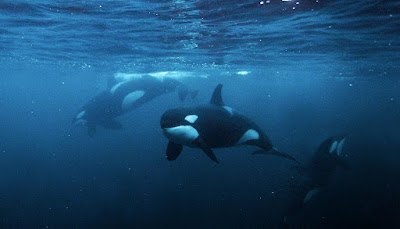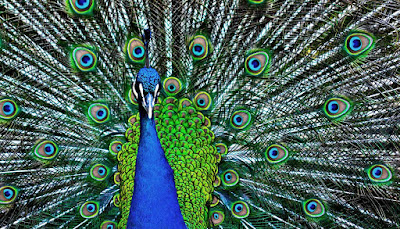WHAT EXACTLY MAKES FOR AN ENDANGERED SPECIES?
"What makes for a threatened species category isn't constantly obvious," says John A. Vucetich, teacher at Michigan Technical College. Read on as he explains:
Lions and leopards are threatened species. Robins and raccoons plainly are not. The difference appears simple until one ponders a concern such as: How many lions would certainly there need to be and how many of their previous haunts would certainly they need to occupy before we'd concur they are no much longer threatened?
Game Tembak Ikan Dengan Deposit
To put a fine point on it, what is a threatened species? The fast answer: A threatened species goes to risk of extinction. Fine, other than questions about risk constantly come in tones and levels, more risk and much less risk.
Extinction risk increases as a species is owned to extinction from parts of its all-natural range. Most mammal species have been owned to extinction from fifty percent or more of their historical range because of human tasks.
The inquiry "What is a threatened species?" is quickly changed right into a much harder question: How a lot loss should a species withstand before we concur that the species deserves unique securities and concerted initiative for its improvement? My associates and I put an extremely comparable question to nearly 1,000 (representatively tested) Americans after providing the information in the previous paragraph. The outcomes, "What is a threatened species?: judgments about appropriate risk," are released in Ecological Research Letters.
Three-quarters of those surveyed said a species deserves unique securities if it had been owned to extinction from any greater than 30% of its historical range. Not everybody remained in perfect contract. Some were more approving of losses. The survey outcomes indicate that individuals more approving of loss were much less well-informed about the environment and self-identify as advocates for the rights of gun- and landowners. Still, three-quarters of individuals from the team of individuals that were more approving of loss thought unique securities were required if a species had been shed from greater than 41% of their previous range.



